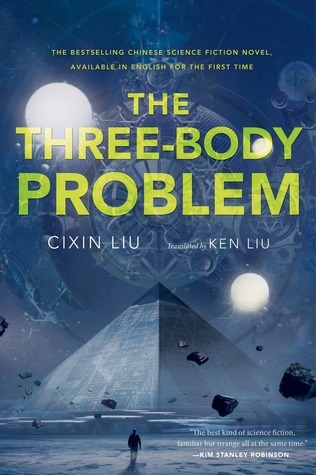
As you may be aware, I’ve pledged to review here only those books I’ve read from cover to cover. But I’m going to make an exception now. Three times I’ve tried to read Cixin Liu’s celebrated novel, The Three-Body Problem—and three times I failed. On my third attempt, just this week, I gritted my teeth and made it past the halfway mark before giving up in disgust. I’d persisted because the book is widely regarded as China’s best sci-fi novel, at least in the West following Ken Liu’s able 2014 translation. And it has gained a large following here. But, lucid text notwithstanding, I simply cannot imagine how anyone could have mustered enough votes at the World Science Fiction Convention to grant this book the Hugo Award for Best Novel in 2015.
Estimated reading time: 6 minutes
For the record, a contrary view
In fairness, here’s what one reviewer (Inverarity Live Journal) posted online about the novel: “With the scope of Dune and the commercial action of Independence Day, Three-Body Problem is the first chance for English-speaking readers to experience this multiple-award-winning phenomenon from China’s most beloved science fiction author, Liu Cixin.”
The review continues: “Set against the backdrop of China’s Cultural Revolution, a secret military project sends signals into space to establish contact with aliens. An alien civilization on the brink of destruction captures the signal and plans to invade Earth. Meanwhile, on Earth, different camps start forming, planning to either welcome the superior beings and help them take over a world seen as corrupt, or to fight against the invasion. The result is a science fiction masterpiece of enormous scope and vision.”
That’s what they say. But it’s not what I read.
The Three-Body Problem (Three Body Trilogy #1) by Cixin Liu. Translated by Ken Liu. (2008) 416 pages ★★☆☆☆
Winner of the Hugo Award
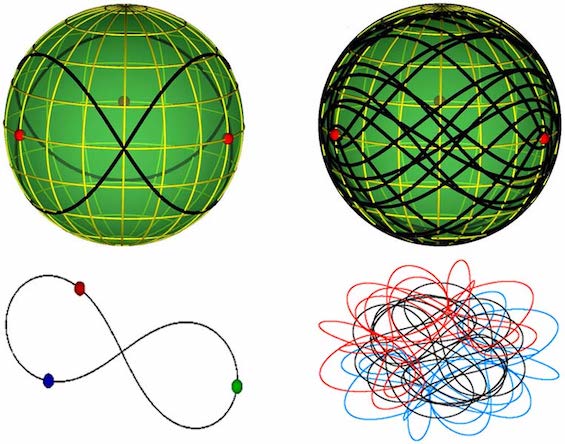
I must have read a different book
The Three-Body Problem opens during China’s Cultural Revolution (1966-76) with the humiliation and death of an eminent theoretical physicist at Beijing’s prestigious Tsinghua University. His daughter, a fourth-year physics student at the university named Ye Wenjie, witnesses the event. She will pursue the same path in life as her father and will, of course, become a central figure in the story.
The treatment of the Cultural Revolution is brilliant. It’s as good as anything I’ve read elsewhere. And Liu’s characterization of the mood is matchless: “A flood of madness drowned the city and seeped into every nook and cranny.”
Meanwhile, it turns out, the Red Army is using radio telescopes to fight a war with an unidentified enemy. And when Ye Wenjie is banished to the countryside like millions of other urban youth, she finds herself near the secret site called Red Coast Base. It’s where the telescopes are located. Suddenly, she is approached by soldiers who give her a choice. She may join the work at the mountaintop base but never leave, or continue to suffer the indignities of the Cultural Revolution. She ascends the mountain.
But then the story goes off the rails
Now, that’s about as far as the novel made any real sense to me. The story quickly goes off the rails after that. Portents of doom surface. “‘Yes, the entire history of humankind has been fortunate. From the Stone Age till now, no real crisis has occurred. We’ve been very lucky. But if it’s all luck, then it has to end one day. Let me tell you: It’s ended. Prepare for the worst.’”
Time shifts forward by decades, and other characters enter the scene. There’s a cockamamie online fantasy game that consumes a lot of time for senior scientists who should clearly be doing something useful instead. Mysterious forces pursue the members of a shadowy international group of eminent scientists. Many of them are committing suicide for unexplained reasons. The scientist who emerges as the protagonist begins having terrifying nightmares and visions which a neurologist can’t explain. And the unidentified enemy the Red Army is fighting has not been named even past the book’s halfway mark.
At that point, I didn’t have the slightest idea what’s going on. And that’s why I couldn’t finish reading the story. “China’s best sci-fi novel?” If this is the best a nation of 1.4 billion people can offer, I’d be astonished. I’m sure it’s not, of course. Science fiction flourishes in China. There must be hundreds of better Chinese sci-fi novels.
The Three-Body Problem explained
Scientific American explains it as “one of the oldest quandaries in mathematics and physics.” It’s “the question of how three bodies, mutually attracted by gravity, will move in the future if their current positions and velocities are known.” In the 1680s Isaac Newton identified the problem, which proved to be “practically unsolvable—it is essentially impossible to find a formula to exactly predict their orbits.”
Unsolvable or not, mathematicians have been working away at it ever since Newton posed the problem. And ten years ago an article in Science (March 8, 2013) revealed the progress they were making. In “Physicists Discover a Whopping 13 New Solutions to Three-Body Problem,” the magazine noted that those 13 “solutions” represented “four times as many as were discovered in three centuries.” But none of these “solutions” involved a single equation that could predict the outcome with any set of initial coordinates. Only one-off solutions are possible. In other words, the problem is still unsolvable.
But what the Three-Body Problem has to do with the story in Liu’s novel is totally beyond me. The phrase doesn’t appear until nearly halfway through the story but without explanation. I have to assume that it proves to be important at some later point. But I didn’t have the patience to find out.
About the author
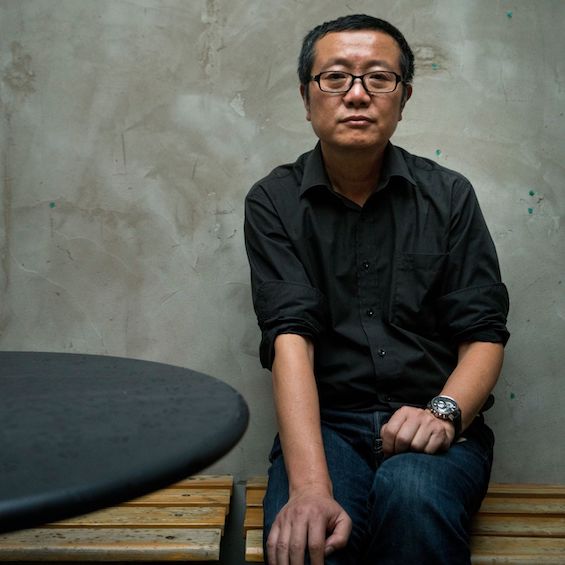
Cixin Liu has won China’s top science fiction prize, the Galaxy Award, nine times as well as the Hugo Award for this novel. He is a graduate of the North China University of Water Conservancy and Electric Power and worked as a computer engineer at a power plant before turning to writing full-time. Liu was born in Beijing in 1963 but grew up in the countryside, where his parents were sent to work in the mines during the Cultural Revolution. He is married and has a daughter.
For related reading
Be sure to check out The five best First Contact novels.
For more good reading, check out:
- These novels won both Hugo and Nebula Awards
- The ultimate guide to the all-time best science fiction novels
- 10 top science fiction novels
- The top 10 dystopian novels
- 10 new science fiction authors worth reading now
And you can always find my most popular reviews, and the most recent ones, on the Home Page.

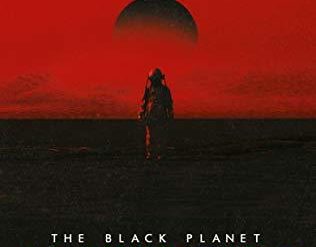
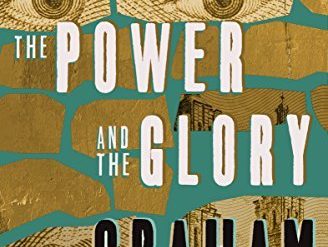
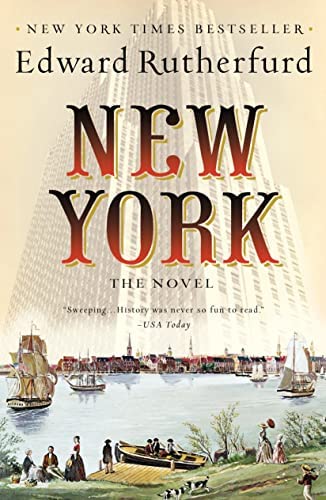























Right there with you. I gave up after 100 pages.